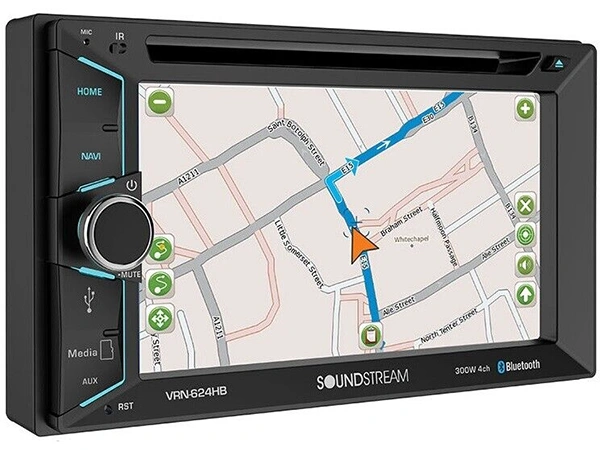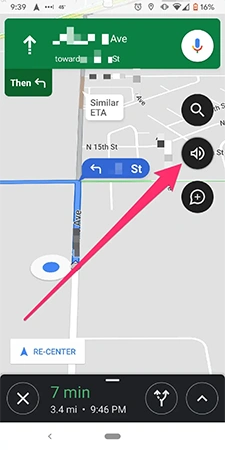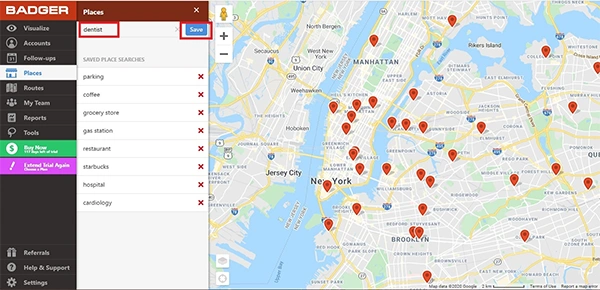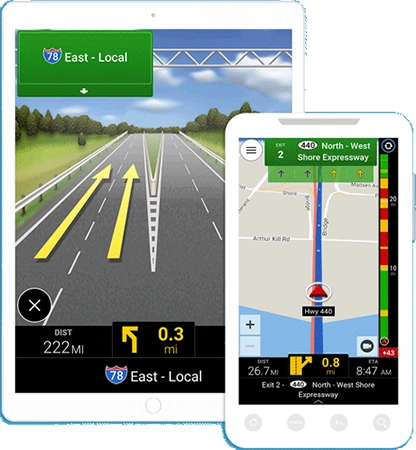Essential Features and Benefits of Creating Automotive Navigation System

There’s no doubt that the world has been going through technological advancements for a long time. With every passing year, there’s a technology or device being invented for the betterment of human society, and Automotive Navigation System is one of them.
Since its invention, there has been a growing number of applications that provide navigation services. Throughout the years, this technology has brought out new and advanced features to provide a better traveling experience to the users. Numerous added options can be seen in the layout of the applications to provide an easier browsing experience.
Read on to know them.
Essential Features of Automotive Navigation System
Besides added options, there are essential in-vehicle embedded navigation system attributes that make driving easy and secure. Three of the most relevant are:
- Route planning and waypoints
- Offline maps
- Turn-by-turn directions
Here we have presented a brief intro to these features, along with a few benefits of the embedded navigation system for your reference.
Waypoints and Route Planning
Designing a route is the most manageable and primary thing a navigation system should be able to do. Typically, a navigation system presents alternative paths established on your pick for the quickest, most affordable, or most suitable route. You can also decide to bypass barriers, ferries, tolls, bridges, etc.

Even if you deviate from the initial course, the system will direct you to the required lane and automatically lead you to the correct way. Some navigation systems permit adding up to 50 waypoints.
Further, you can also look through the record of your journeys and select to backtrack or repeat them if you want. It doesn’t only assist in reaching a specific location, but it will also help you in going back the same route with just a simple click.
Offline Maps
Probably, one can’t completely rely on a mobile network, particularly when traveling to outlying areas. So an offline map is among the fundamental attributes of automotive navigation. You can simply look up the location and choose to download the directions to your destination and back to your previous location.

Map updates confirm that the road you’re moving to still exists. And while offline maps don’t furnish POIs or traffic notifications, they can guide you by displaying your car’s current position as per the GPS tracker.
Turn-by-Turn Vocal Directions
Turn-by-turn directives include optical data on the screen along with vocal guidance, so you are alert on the road. The system vocalizes the direction of the turn, lane names, and the distance to the upcoming turns. It can also alert you about traffic congestion and tolls ahead.
This feature can be highly useful when you’re riding a motorbike instead of a car. As while driving, you can still take a peek at your digital screen to find the route, but it’s impossible to do while riding a bike.

Allowing a navigation system to voice your every turn is useful but at a time might feel annoying. Thus, most of the navigation applications allow you to turn off the voice commands as per your preference.
Other features
The list of features of this technology doesn’t just end here. Most of the applications provide its users with the option to view the satellite image of the route. You can also check out the photos of your desired locations posted by previous visitors.
Along with this, it calculates the distance and time duration before you reach the place. You can choose to change your transport measure to a car, 2-wheeler, bus, subway, or even by foot. The time would be evenly analyzed keeping in mind the vehicle you picked, traffic on the route, and other factors as well.

If you want to go to a specific location using a bus or subway, it will provide you with accurate timings of arrivals and departures. Some software even allows the users to filter the options as per their arrival and departure timings.
The substantial features of in-vehicle navigation systems are typically tagged as sufficient if they are able to locate the best way to your destination, not missing a crucial turn. And yet knowing where you’re heading even if the mobile network is lost.
Benefits of Automotive Navigation System

Time Management
Having a navigation system is a great way to manage your time. It can help you discover the best possible route, saving you from traffic congestion. Read more about the software and system.
Fuel Management
When you are well aware of the route and maintain a healthy distance from congestion, you are bound to save fuel. However, it is all subject to the road conditions and also the type of vehicle you use for transportation.
Cost-effective
Once you are done installing navigation software, the mechanism selects the right roadways and plans routes accordingly. Thus, the only expense you would need to incur is when you fetch the system for the first time.
Some Common Navigation Applications
With so many options in the market, it gets really complicated to find out which one works the best based on your needs. There are various applications specialized for different purposes such as delivery, trips, and more. Some of the most popular apps used for navigation purposes are as follows:

- Google Maps: One of the most popular applications that is free to use in any part of the world. Known for its ability to provide satellite imagery and 360° street view with augmented reality.

- Badger Maps: Although it’s not an independent app, it still acts as a great tool to enhance your original navigation app like Google Maps. Best for field sales workers, it allows the user to add 100+ stops between the route to your destination. Price starts from $49/month.

- CoPilot GPS: CoPilot GPS is a great navigation app for delivery services. You can customize routes to fit your vehicle type, and take into account road widths or low clearance. Plus, you can choose from 3 routes and 52 stops, and use the search feature to find addresses and places.
Conclusion
Following the inclination toward liberated and connected driving, an in-car navigation system is sure to be the next big thing. Besides, having such a system onboard is a great way to ensure safety and dodge unnecessary constraints.










